Exercise-induced muscle damage is a normal consequence of intense training, and full recovery can take up to several days. In response to intense training, your body activates inflammatory processes and oxidative stress that are essential to recovery and adaptation. Meanwhile, delayed-onset muscle soreness (DOMS) can slow you down and interfere with everyday activities. For athletes at the peak of their season, the capacity for quick recovery is essential to competitive performance.
For decades, athletes and fitness enthusiasts have relied on ice baths, saunas, massage and other therapies to soothe sore muscles and promote recovery. But today, new technology has upped the game on post-exercise recovery, tapping into the body’s own healing mechanisms to accelerate healing and promote adaptive responses at the cellular level. A sports rehabilitation therapist at NYDNRehab can customize a tech-driven recovery program that gets you safely back in the game in record time.
or
Dr. Kalika has dedicated his life’s work to finding innovative and effective ways to optimize human movement. He has trained under some of Europe’s most eminent pioneers in rehabilitative medicine, and has developed his own unique approach to helping athletes and physically active people enhance performance and prevent injuries.
As an expert in musculoskeletal ultrasonography, Dr. Kalika uses high resolution ultrasound imaging to detect anomalies that cause pain and undermine performance. In addition to ultrasound, NYDNRehab features some of the most advanced technologies available for sports rehabilitation and recovery.
Until recently, recovery was considered more or less a waiting game, with sleep, nutrition and hydration playing key roles. Those elements will always be at the center of recovery, but new technologies have given us tools to speed up, monitor and measure the recovery process. We are now able to quantify and analyze your results, to ensure you don’t return to sports and exercise before your body is ready. Our growing array of regenerative technologies and advanced therapies makes NYDNRehab one of the top-rated wellness centers in NYC.
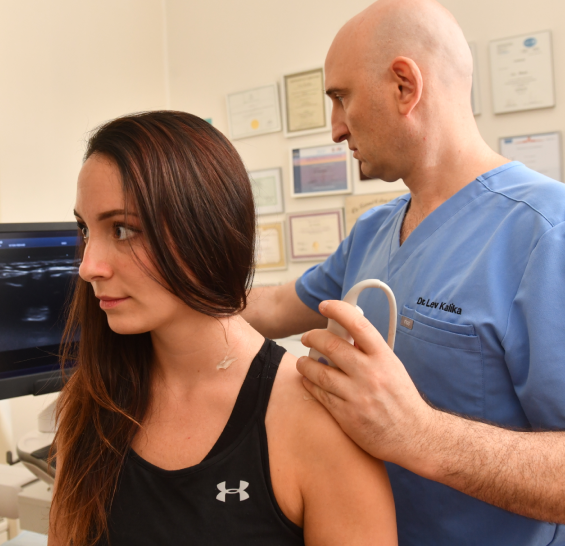
Allowing time for adequate recovery after intense exercise is essential if your goals are to increase fitness parameters – strength, endurance, speed, power, agility – and enhance overall performance. Inadequate recovery time can inhibit desirable adaptations and cause further damage, while increasing your risk of injury.
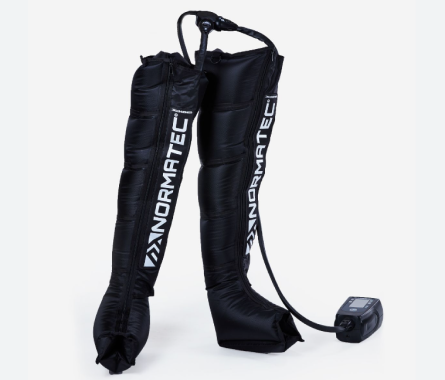
Increased size and number of cellular mitochondria
Enhanced delivery of oxygen and nutrients to cells
Muscle fiber hypertrophy
Enhanced muscle strength and power
Increased VO2 Max and greater endurance
Enhanced speed and agility
Reduced risk of injury
Restored metabolic homeostasis – your biological state of balance
It can sometimes be hard to distinguish between acute traumatic injuries, overuse injuries, and simple DOMS and muscle fatigue. Returning to an intense training schedule when your muscles are still sore and fatigued can be a recipe for further injury.
At NYDNRehab, we use high-resolution diagnostic ultrasonography to view the body’s tissues in real time, with your body in motion. Ultrasound imaging allows us to detect trigger points, scar tissue, adhesions and ruptures that cause pain and stiffness, and undermine your physical performance.
Ultrasound imaging is also a useful tool for feedback training, to restore optimal muscle firing patterns, and to correct mechanical deficits and compensation patterns. After an injury, your sports rehabilitation therapist can leverage ultrasound’s capacity for sonoelastography to measure muscle and tendon elasticity and stiffness, and superb microvascular imaging (SMI) to detect microvascular blood flow, important markers that indicate healing.
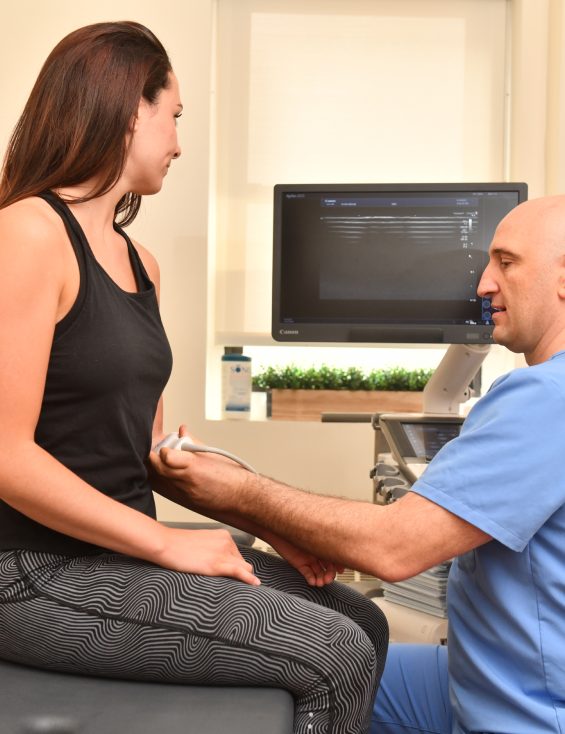
Regenerative technologies help to jump-start the recovery process by tapping into your body’s own innate healing mechanisms, to stimulate tissue repair at the cellular level. Following are just some of our high-tech tools for recovery and wellness:
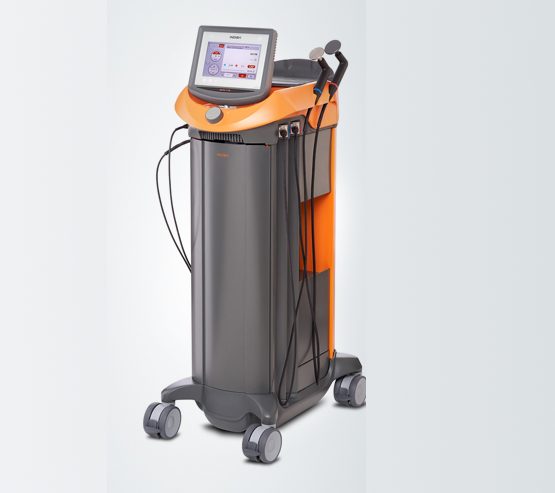
INDIBA therapy is a type of transfer of energy capacitive and resistive (TECAR) therapy that helps to restore the ionic charge of damaged cells, for faster recovery and sports rehabilitation. We often use INDIBA in conjunction with fascia manipulation, cupping therapy and/or GRASTON therapy to eliminate trigger points and adhesions, and promote healthy fascia.
How to use fascia tools for the prevention and rehabilitation of myofascial disorders? – INDIBA S.A.
Graston Technique®: How Does It WorkYouTube · Graston Technique®3 minutes, 30 secondsJul 22, 2015
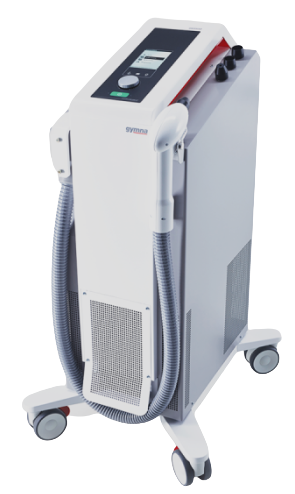
The NESA device delivers a biphasic low-frequency electrical current, emitting a series of intermittent and cyclical stimuli that travel through autonomic neural pathways, to restore optimal neural signaling to the brain. NESA calms irritated nerves and restores balance between the peripheral and central nervous system.
Cryotherapy is one of our latest technologies at NYDNRehab. Our mobile cryotherapy machine delivers an icy-cold blast of nitrogen gas directly to the site of pain or injury, to quickly reduce swelling, soothe irritated nerves and numb pain. Cryotherapy is a great tool for rehabilitating injuries and promoting recovery from sports and exercise.
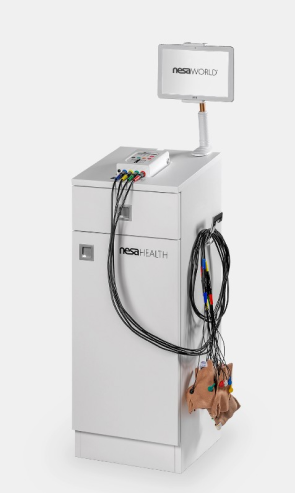
Focused ESWT is used as a regenerative treatment for damaged tendon, muscle and bone tissues. This technology produces high frequency sound waves to stimulate the body’s own reparative mechanisms. It is especially effective for myofascial pain.
EMTT transmits high energy magnetic pulses that synchronize with the body’s own magnetic fields, triggering a regenerative response. EMTT waves can penetrate deep tissues up to 18 cm beneath the skin’s surface, to target difficult-to-reach tendons, muscles and nerves.
Acoustic wave therapy
Normatec pressure
Acupuncture
Ultrasound guided dry needling
Fascial manipulation therapy
Assisted stretching
Therapeutic massage
If your goals are peak fitness and ultimate athletic performance, you need to make time for recovery. But you can speed things up and get top results by leveraging the latest technologies and therapies for sports recovery in NYC, at NYDNRehab in Midtown Manhattan. Contact us today, and see what a difference a sports rehabilitation therapist can make to your overall recovery and wellness.
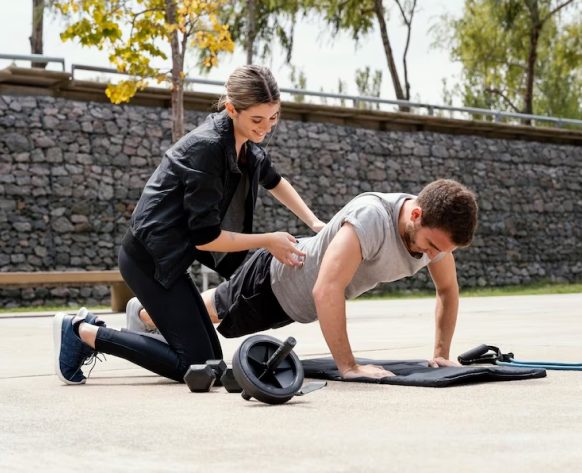
Dr. Lev Kalika is a world-recognized expert in musculoskeletal medicine. with 20+ years of clinical experience in diagnostic musculoskeletal ultrasonography, rehabilitative sports medicine and conservative orthopedics. In addition to operating his clinical practice in Manhattan, he regularly publishes peer-reviewed research on ultrasound-guided therapies and procedures. He serves as a peer reviewer for Springer Nature.
Dr. Kalika is an esteemed member of multiple professional organizations, including: